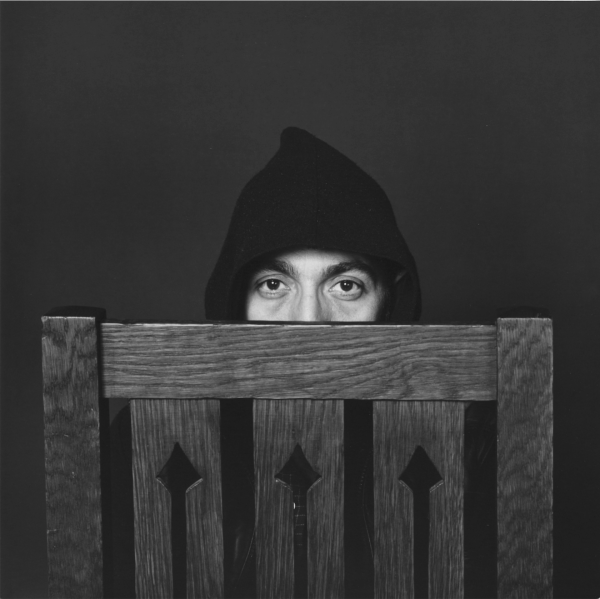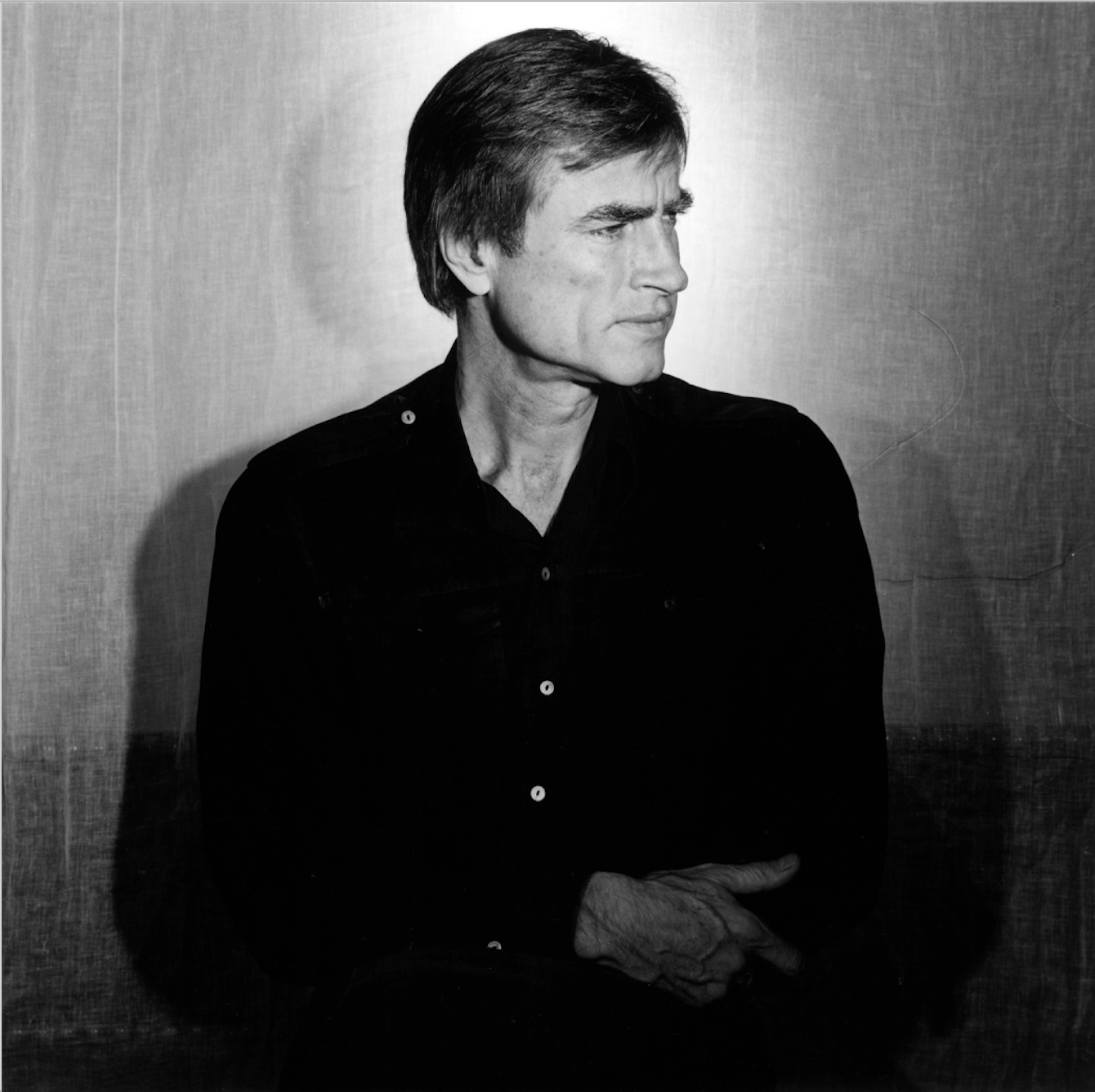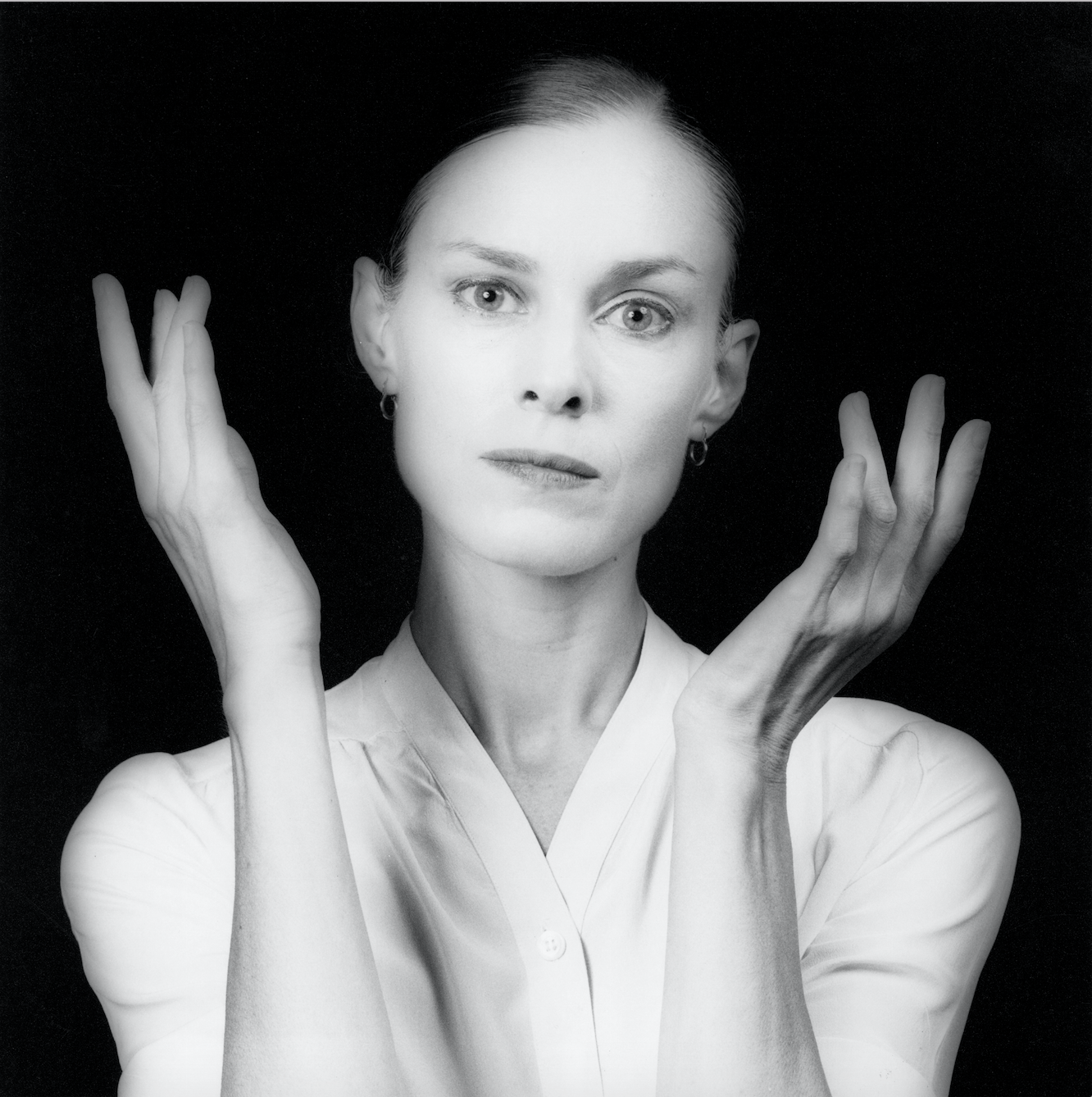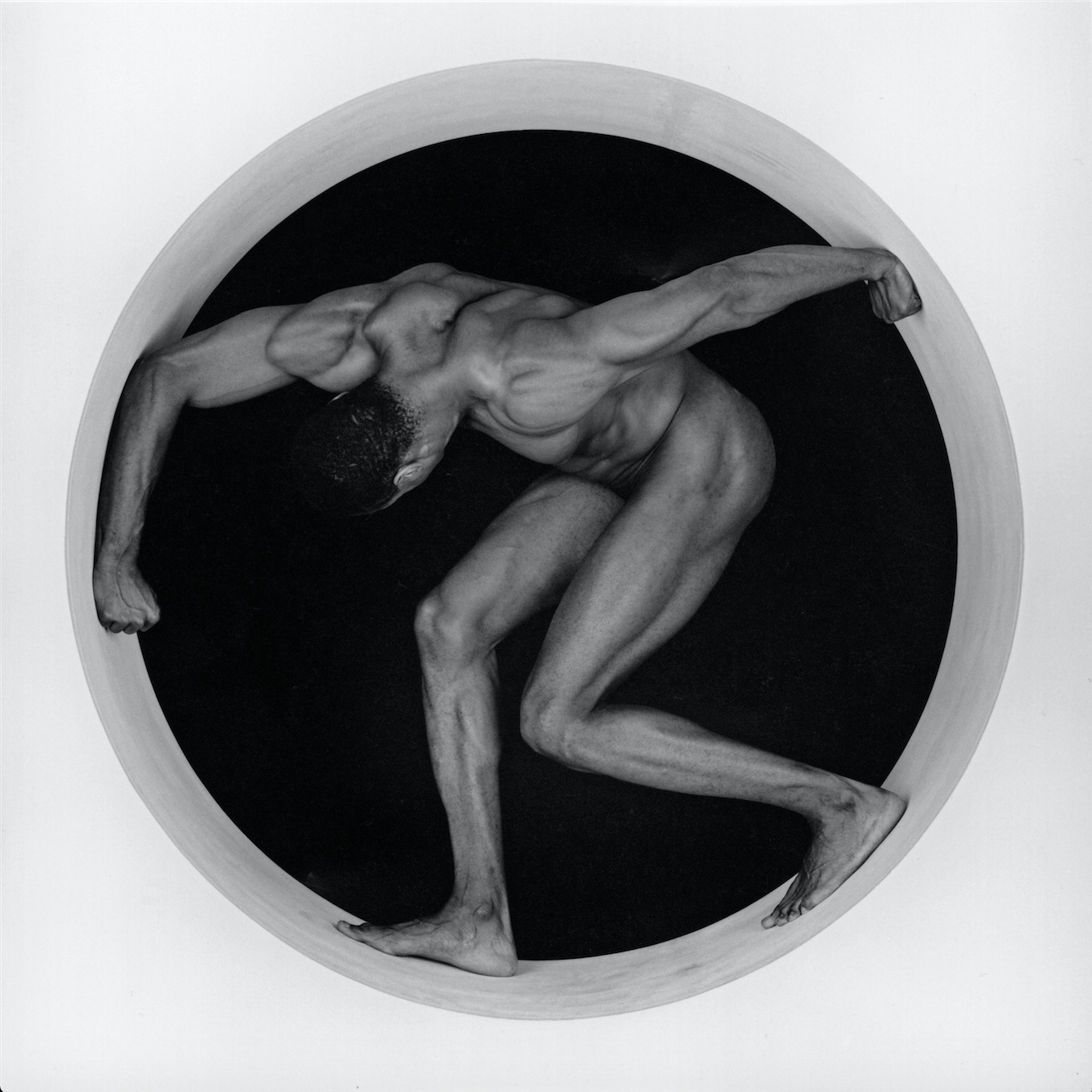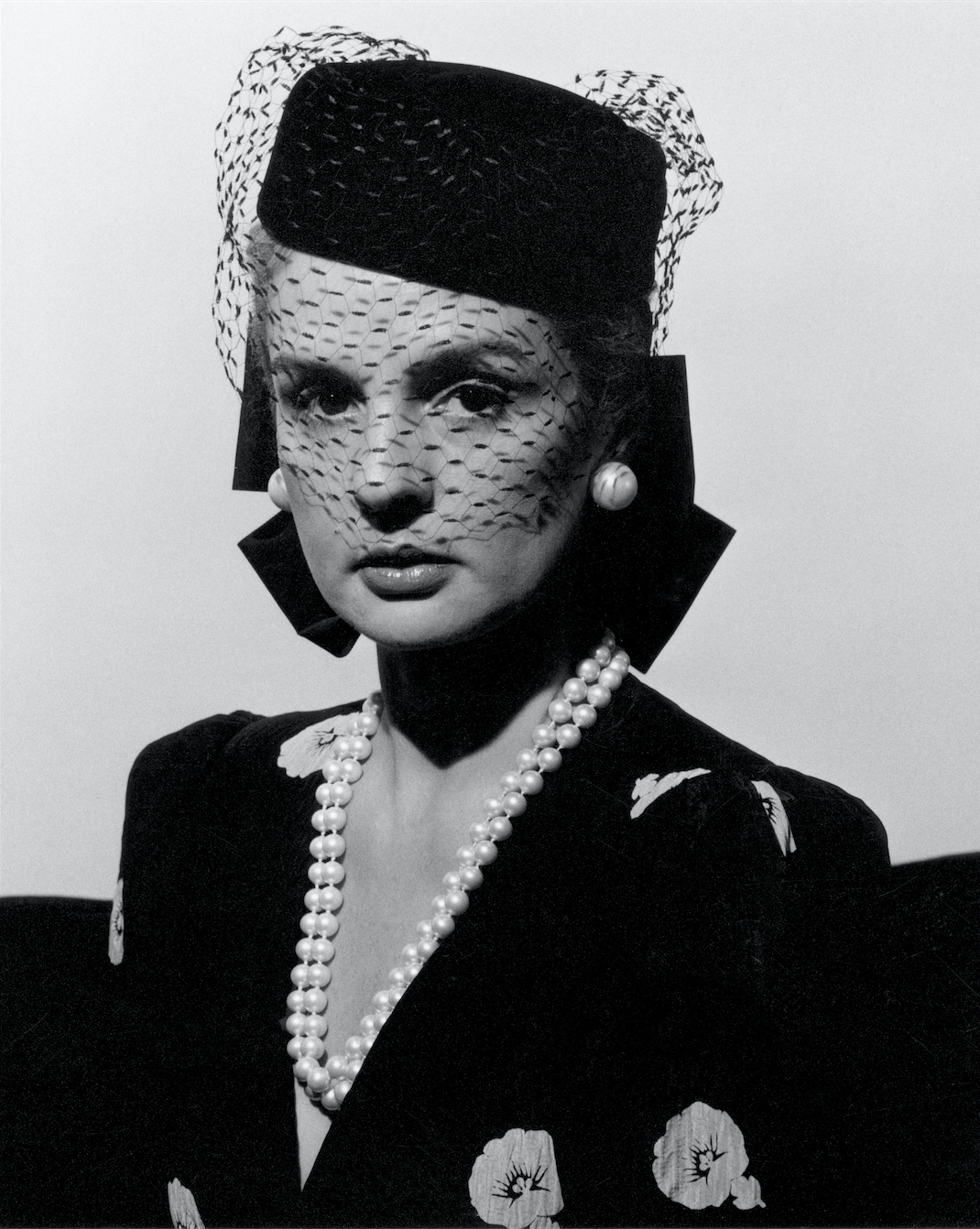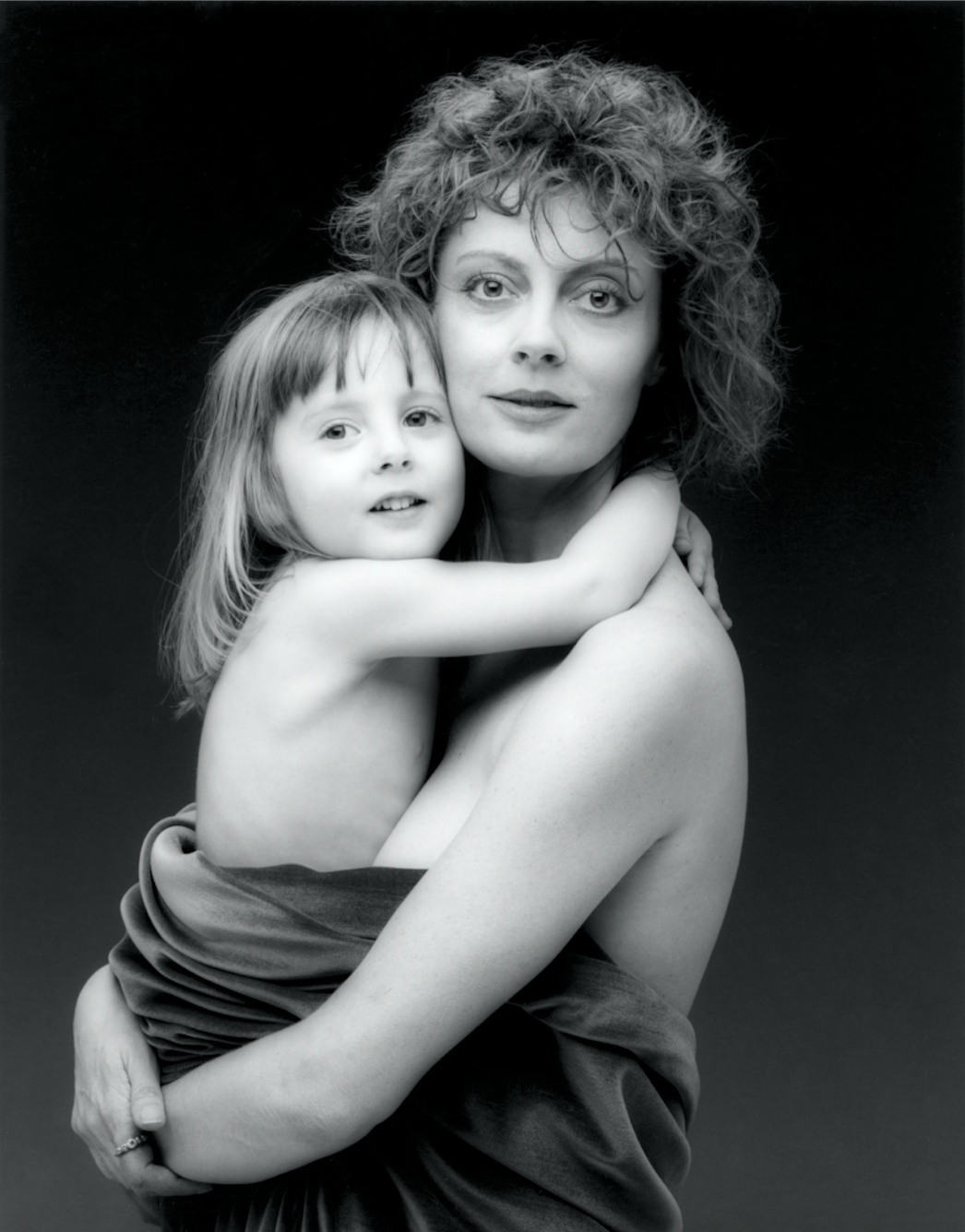I first knew of Robert Mapplethorpe in the 1970s when we both frequented Max’s Kansas City, Mickey Ruskin’s legendary bar and grill in New York City. In 1980 or ‘81, Robert asked our mutual friend Bruce Mailman, manager of the legendary nightclub the Saint, to introduce us more formally over dinner at the Odeon. He knew I was Mailman’s lawyer, and Salvador Dalí’s too.
Robert was about to be commissioned by the Saint to produce posters and flyers for their famous White Party, and he reasoned that if I worked with Dalí, I must know European dealers, gallerists, curators, and collectors—as well as about endless licensing opportunities. Robert hoped to license his designs and artworks for wristwatches, jewelry, porcelain, furniture, and other products.
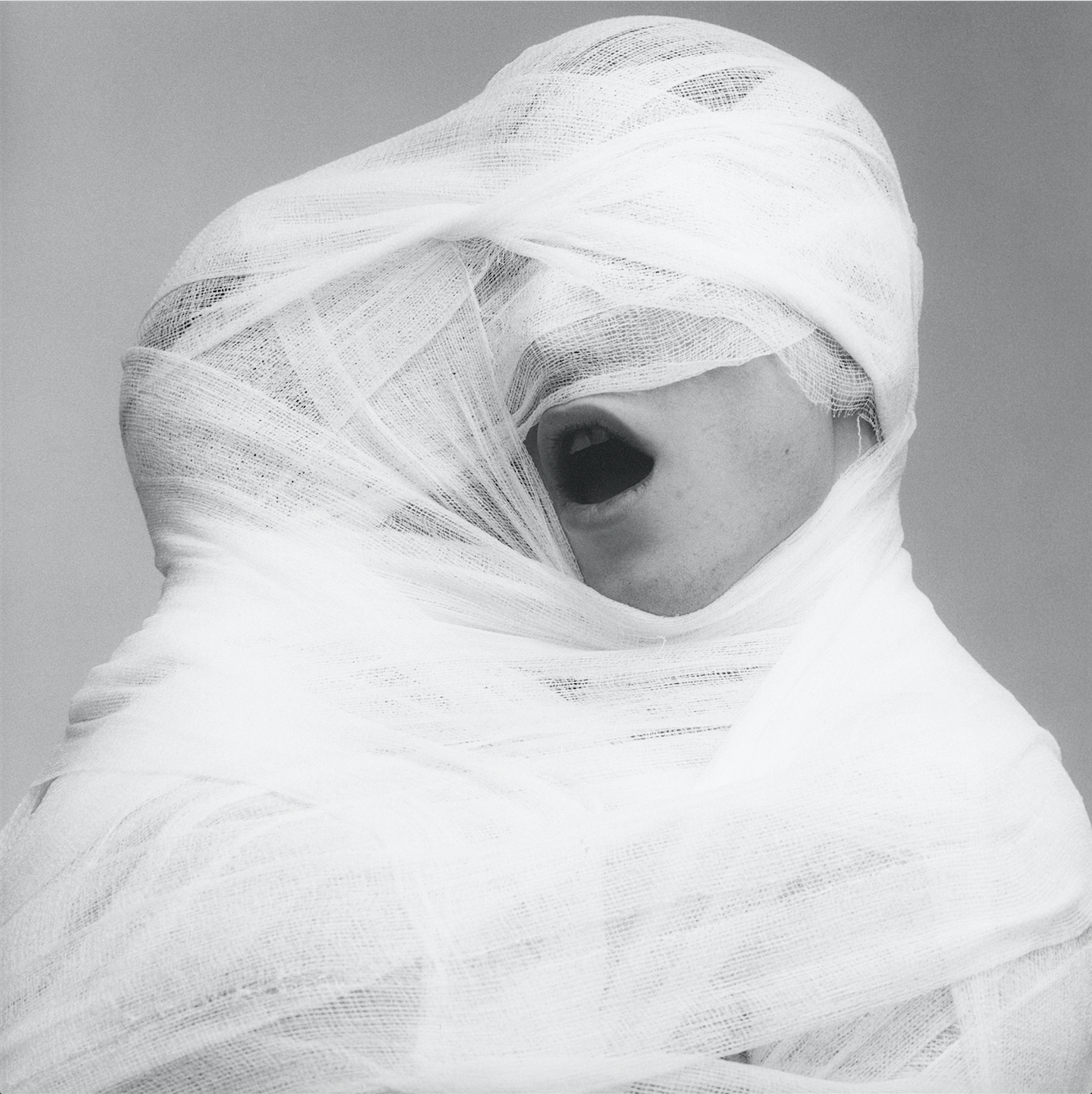
I arrived at the restaurant to find Robert distraught. He was involved in a relationship with a clinically depressed man who had just phoned the restaurant to announce that he was about to kill himself by jumping from the roof of Robert’s apartment building on Bleecker Street. Robert was very afraid, and Bruce, who was there to introduce us, wanted no part of it. I agreed to go with Robert to his apartment and help him talk to his suicidal friend. After several hours, when the situation calmed down, we realized that we had developed a friendship—one that continued alongside our new professional relationship as lawyer and client.
Dinners and Decorating
Robert and I had many dinners and lunches together, and he began introducing me to his friends, including Sam Wagstaff, Susan Sontag, Suzie Frankfurt, Lucinda Childs, and others. We began dining together more and more, particularly with Suzie, who had absolutely fallen in love with Robert—the wont of many women. Suzie, though, was serious. She was, among other things, a society decorator and a great hostess of the ‘70s and ‘80s, one often associated with Andy Warhol.

One year Suzie decided to give a birthday party for Robert, even arranging to have one of his self-portraits printed on the frosting of the cake. She called me one morning to say she had received Robert’s guest list, which indicated that he was bringing a date. “Who is Thomas?,” she demanded. When I explained that Thomas was Robert’s current boyfriend, she exclaimed, “That’s impossible. He is my boyfriend and my date!” I convinced her that Thomas must be included, along with all of her friends whom Robert loved knowing, such as Carolina Herrera, Pat Buckley, Nan Kempner, and many other members of café society at the time.
One night after we walked Suzie home from a dinner at Mortimer’s, Robert said to me, “You know, when I have money, real money like Suzie, I wouldn’t mind living as she does”—meaning maids, cooks, a gardener, a Georgian townhouse, spectacular Russian furniture, and more. Not long after, Robert asked Suzie to redecorate his 23rd Street loft. There arrived Clarence House silk curtains, silk upholstery, and Biedermeier furniture (the poor cousin of the great Czarist Russian furniture Suzie had). Robert was thrilled…until he got the bill.
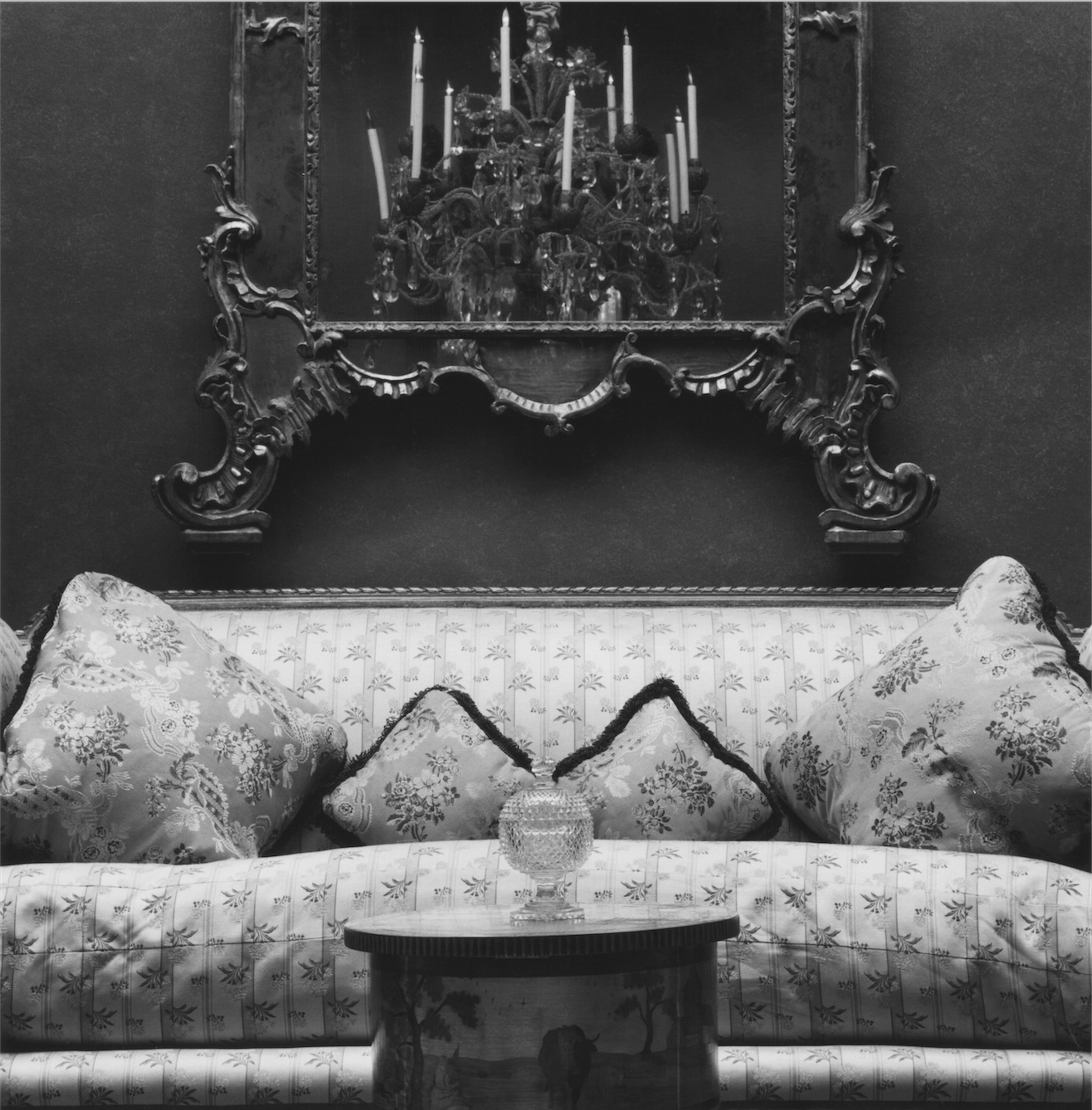
Fighting AIDS
Everything seemed to be fun in those days, except that we were becoming painfully aware that more and more of our friends were infected with HIV. Several were dying after their first diagnosis, usually PCP (pneumocystis pneumonia).
On Friday nights, Robert and I sometimes ate with friends at Meridies, a restaurant on Seventh Avenue South. We discussed who was ill and who was not, and we were sure that none of us would ever be. Then it happened. In September 1986, I was in Geneva on business when I received the call from Robert. “I have it,” he said. “I’m in Beth Israel Hospital. I may die, and you have to come home.”
I returned to New York immediately to find Robert recovering and ready to leave the hospital. He instantly became interested in the science of AIDS research and focused on finding a cure. While we continued our lunches and dinners, the mood of our meetings became more serious. We, and all our friends, were consumed by the mystery of the epidemic. Robert asked me to go to ACT UP meetings with his friends Ingrid Sischy and William Wilson to report any developments that looked hopeful.
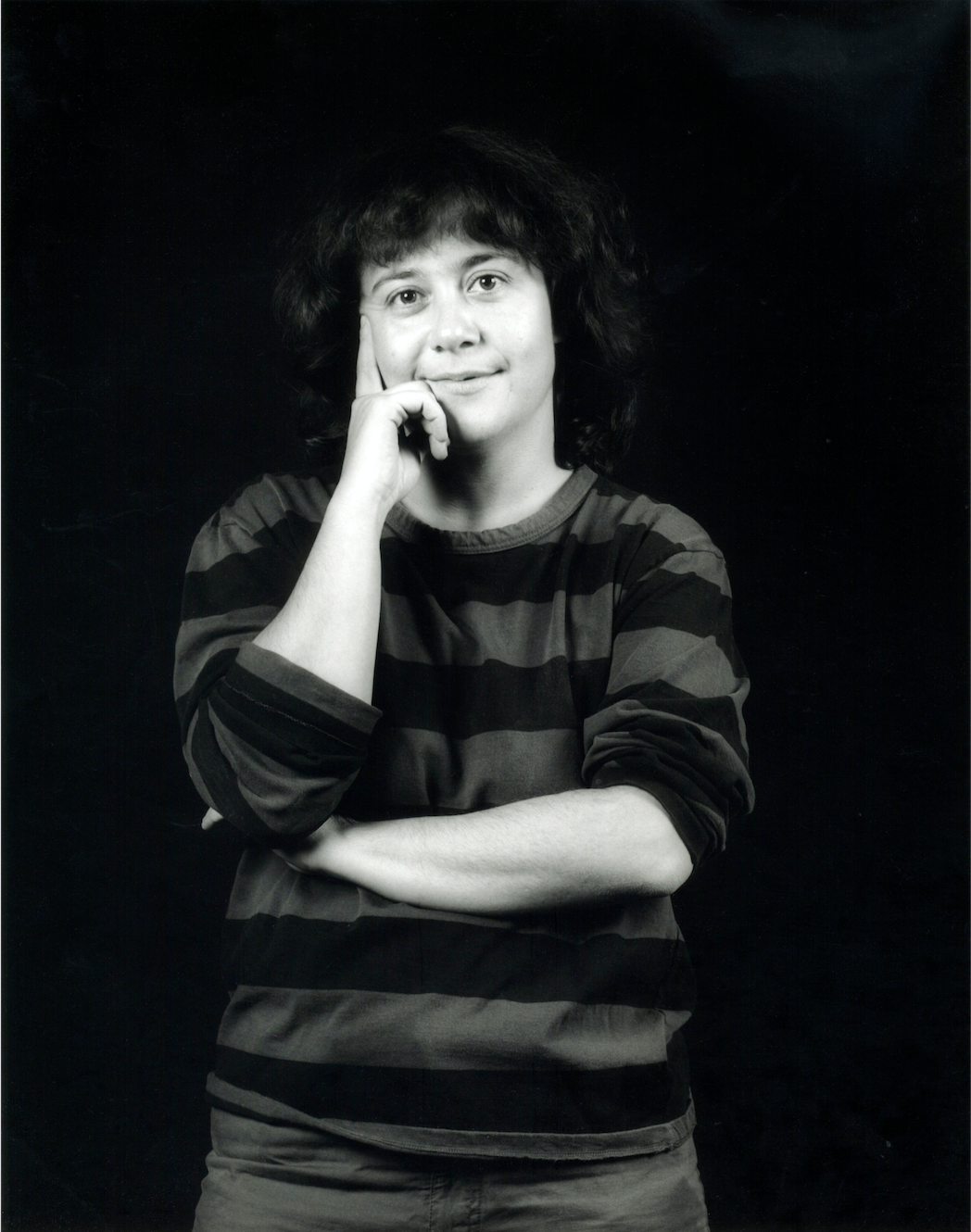
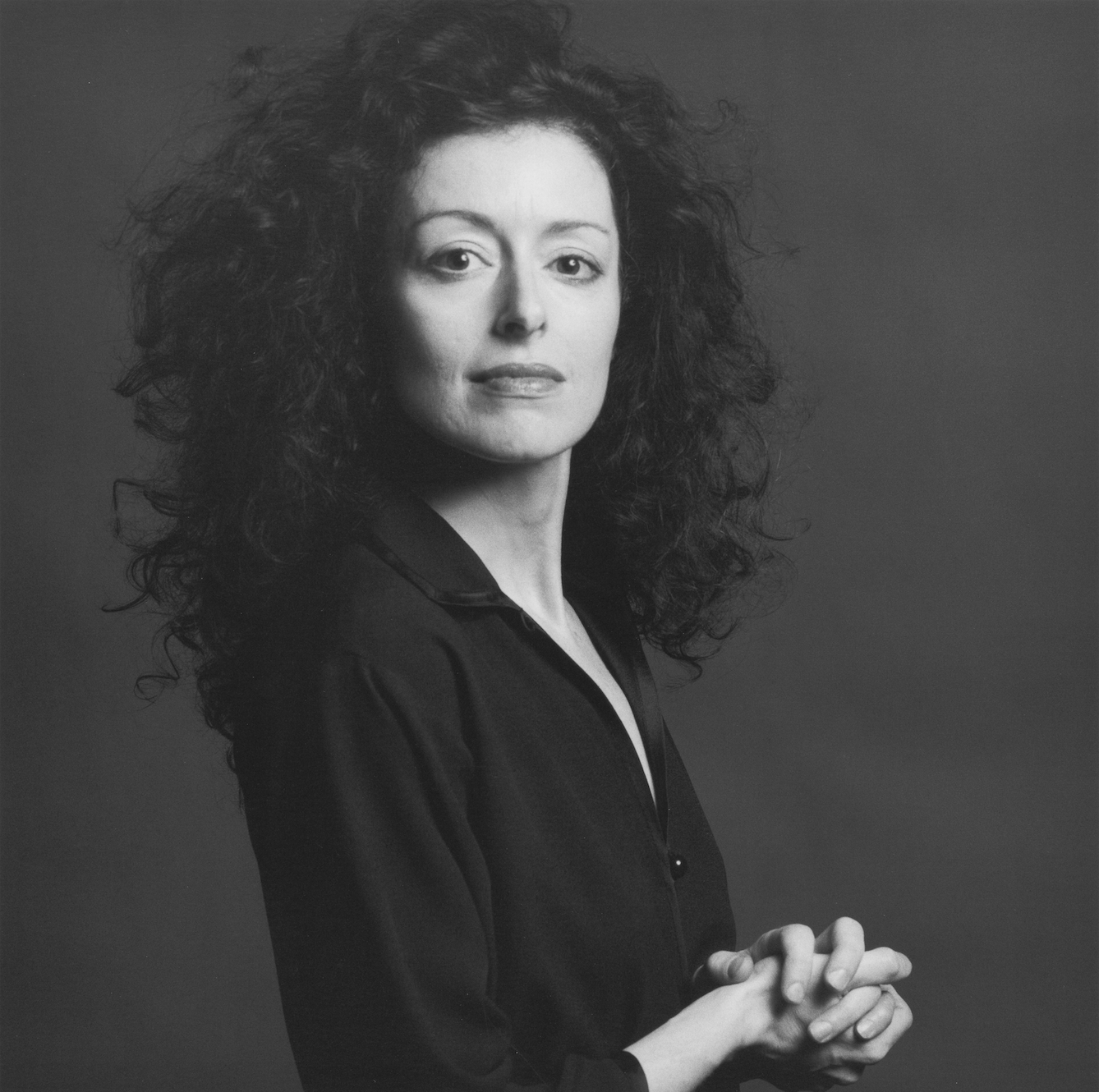
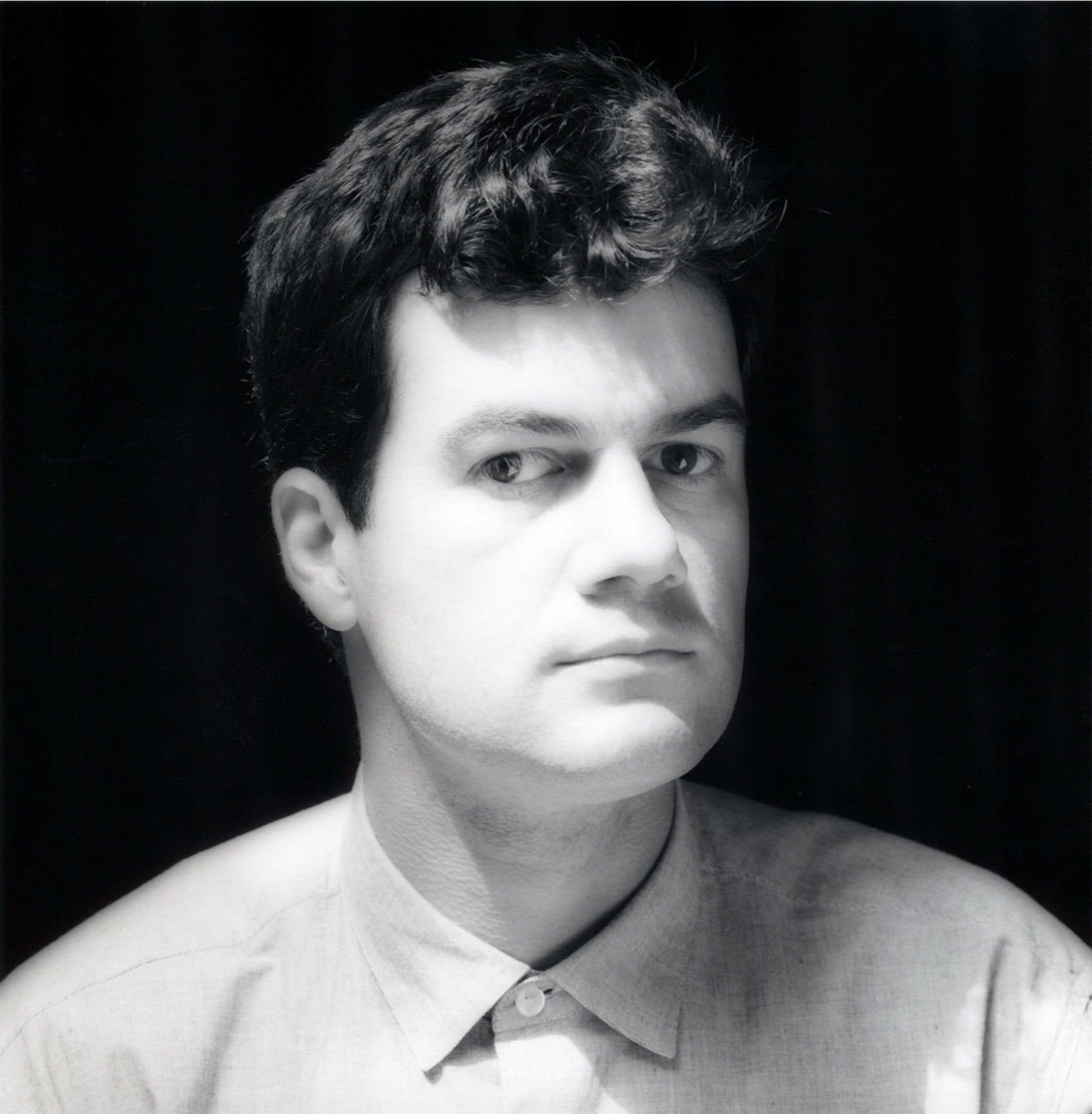
Robert’s friend Lynn Davis and I accompanied him to all sorts of doctors (and pretenders)—Robert was willing to try anything. There were several hospitalizations. Eventually, his friend and colleague, Dimitri Levas, and I took turns spending nights, sleeping on a futon, at Robert’s 23rd Street loft. As his illness progressed, he could no longer be alone. Eventually we were replaced by full-time nurses.
Despite fighting AIDS, Robert continued to work every minute that he could garner his strength. He fought to remain social and even attended a retrospective of his work at the Whitney Museum in summer 1988. He was unable to go to the opening of his famous exhibition The Perfect Moment in Philadelphia in December, so Dimitri and I went, along with his studio manager Tina Summerlin and Robert’s beloved friend and partner Jack Walls.

In February 1989 Robert was able to attend the lenders’ dinner for MoMA’s great Warhol exhibition, but he had to use a wheelchair. He donned his tuxedo and made his nurse wear one as well.
Robert died at New England Deaconess Hospital in Boston on March 9, 1989. After arriving at the hospital and realizing that it may be too late for the newest experimental treatment, he summoned the eight or ten people closest to him to be present as he slipped into rapid decline. Robert’s devoted younger brother Edward was among the group.
I was in Florida on business when I received his call, and flew directly to Boston without stopping home in New York City for a coat. Never losing his acute and sometimes sadistic humor, Robert immediately remarked from his hospital bed, “You’ve put on more weight and you’re wearing a summer suit on one of the coldest days in Boston’s history. You look ridiculous!” He died the next morning.
I had no idea then that this friendship would turn into stewardship, with all its implications.
An Artist’s Legacy
After the memorial services and commemorative dinners were over, I began to realize how difficult it would be to manage the legacy of an artist, a client, and, particularly, a close friend. I never stop asking myself whether Robert Mapplethorpe would agree, be happy, or be angry with every decision the Foundation makes. We shall never know. But I do believe, with the help of my colleagues, some of whom Robert chose personally during his lifetime, that he would be very happy to know that his works have been shown in and collected by important museums around the world, from Scandinavia to South America, the Middle East, Eastern and Western Europe, Asia, Australia, New Zealand, and beyond.
Many books and articles have been published on Robert Mapplethorpe’s work, many panels and lectures held. Almost all of these have received the attention and critical review befitting Robert’s greatness as an artist. And now, the culmination of so much work and so many years guiding Robert’s legacy, the most important moment has come: fruits of the collaboration among the Getty Museum, the Getty Research Institute, the Los Angeles County Museum of Art, and the Mapplethorpe Foundation in the exhibition Robert Mapplethorpe: The Perfect Medium and two definitive new books on Robert’s photographs and archives.
Robert would be thrilled, I am certain. While I feel gratified, yet nervous about doing the right thing, I believe I have fulfilled my role as a steward—though I so much miss my role as a friend.
Co-published with the Getty Iris.



